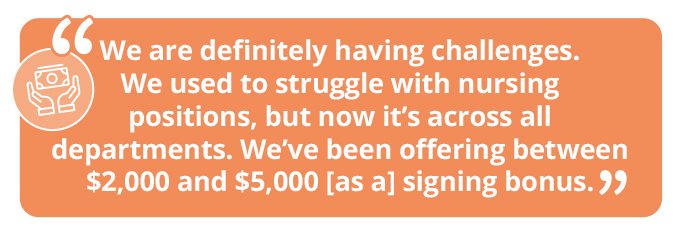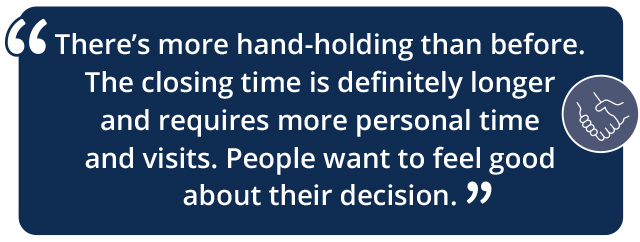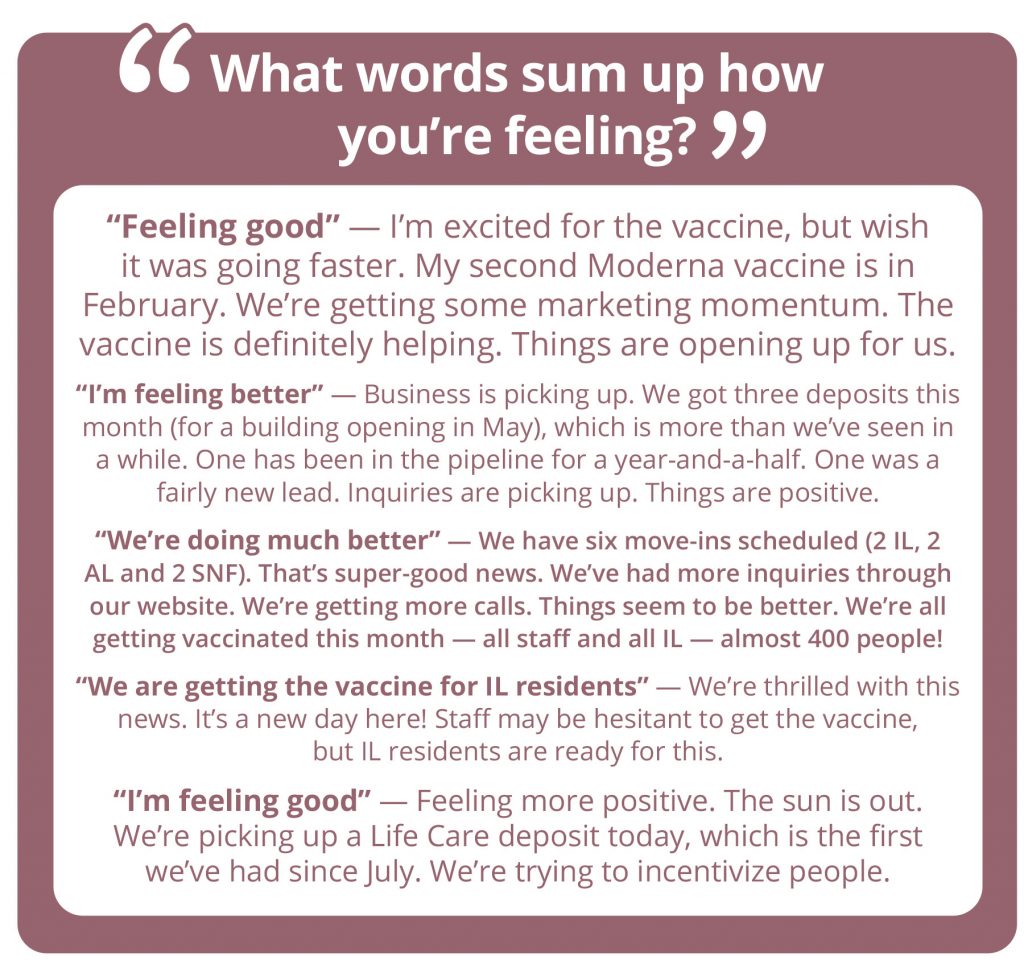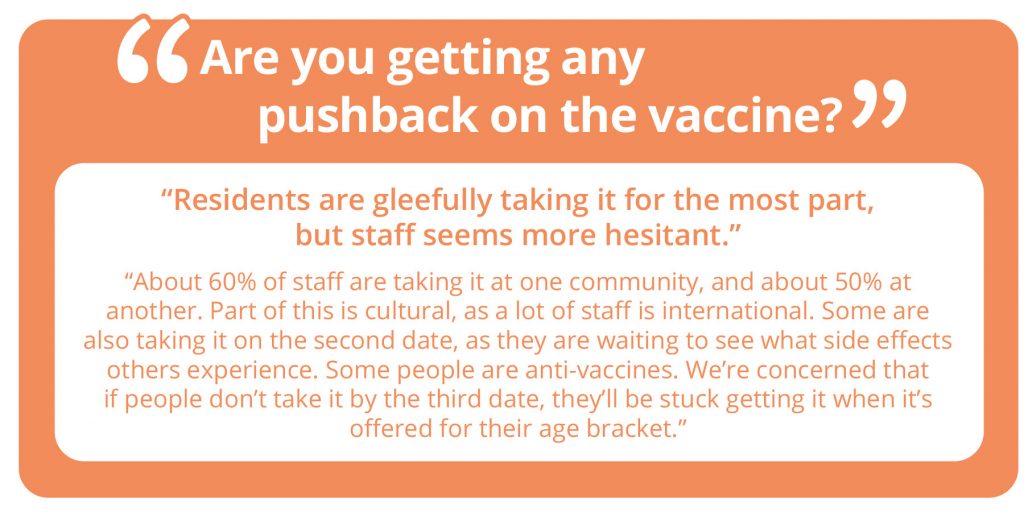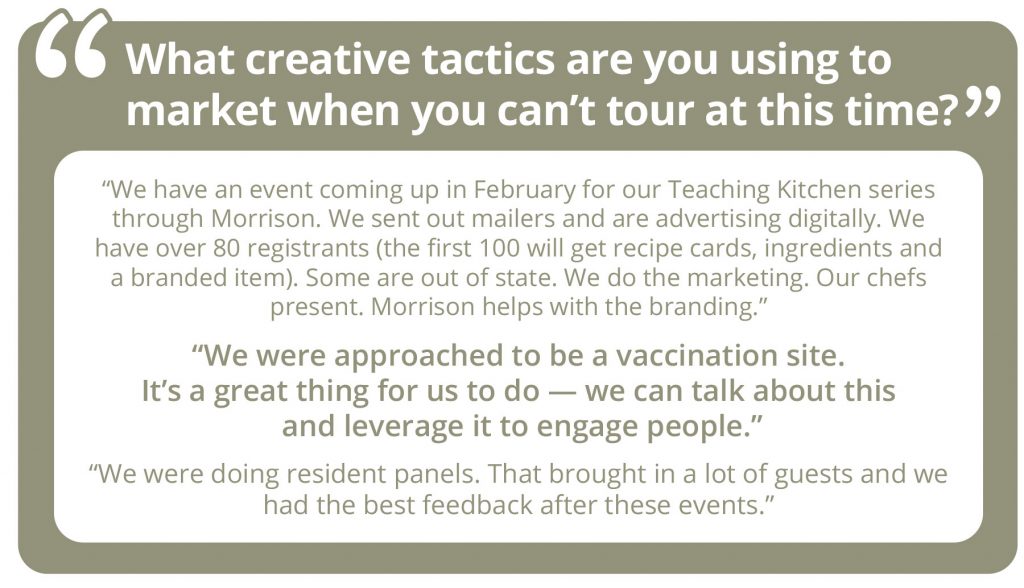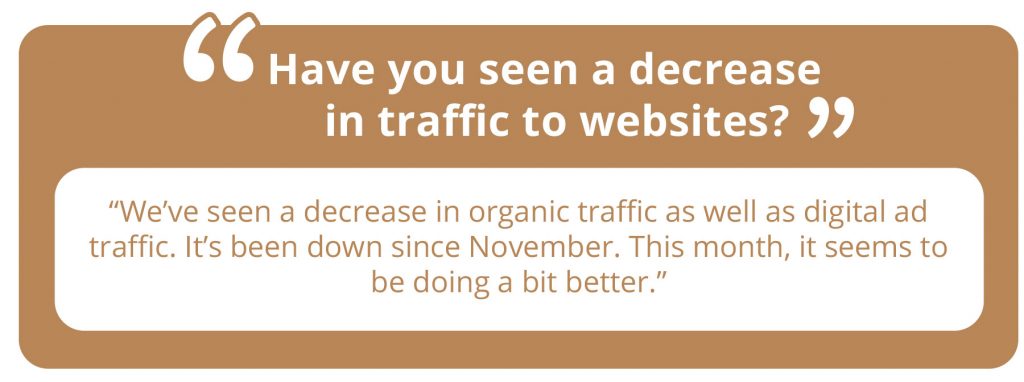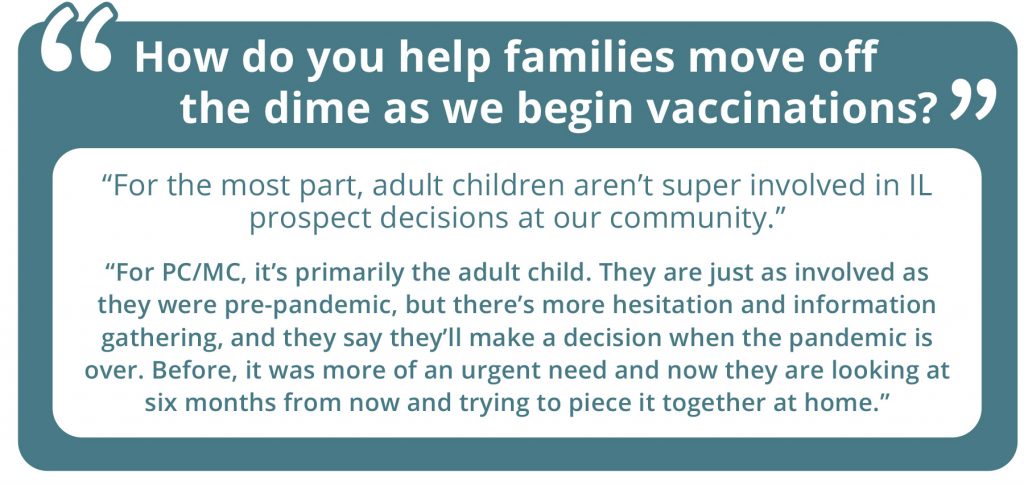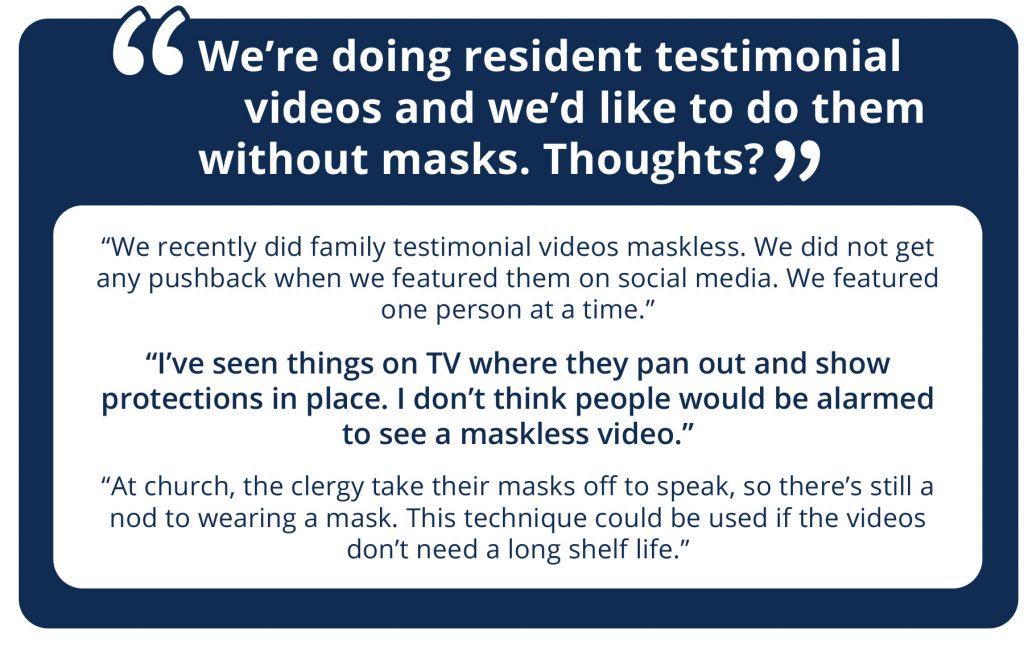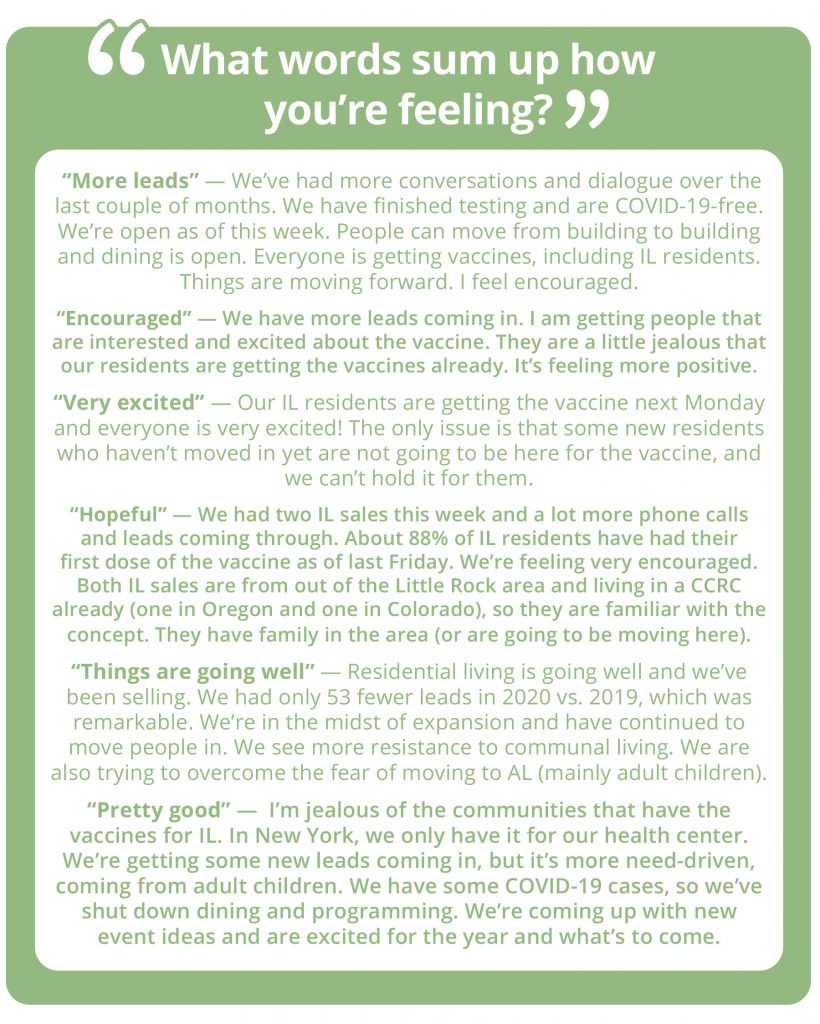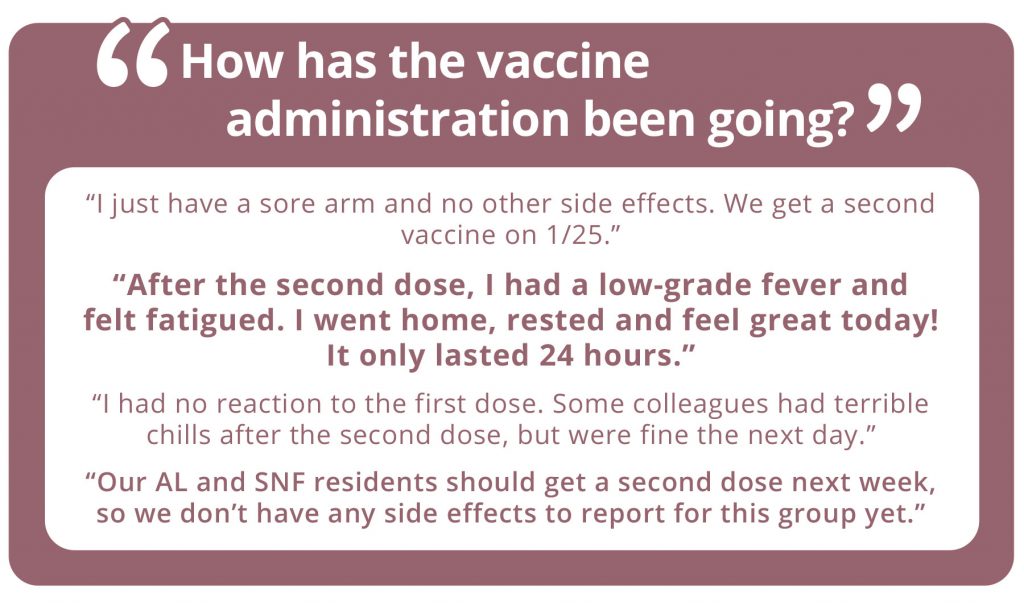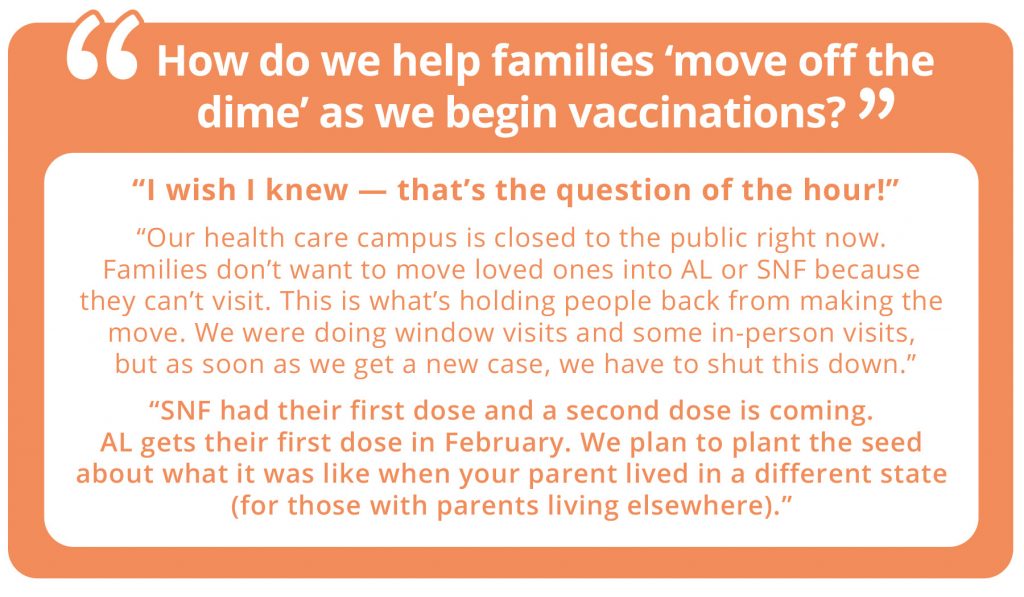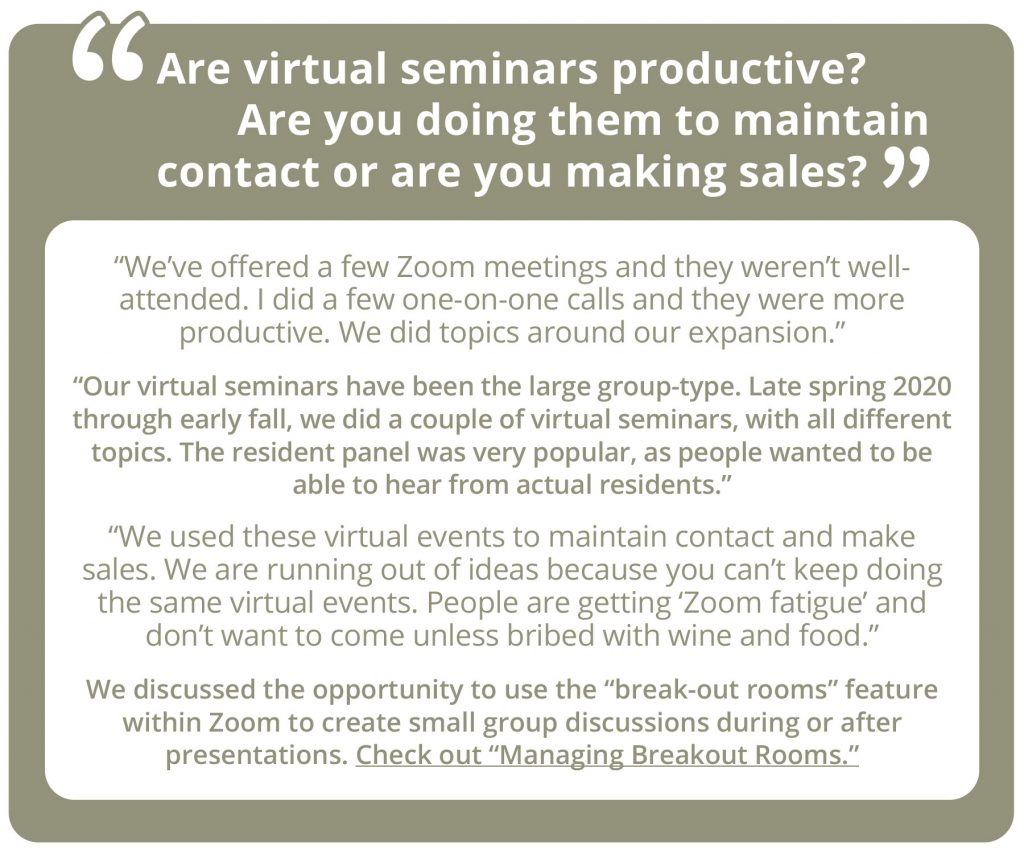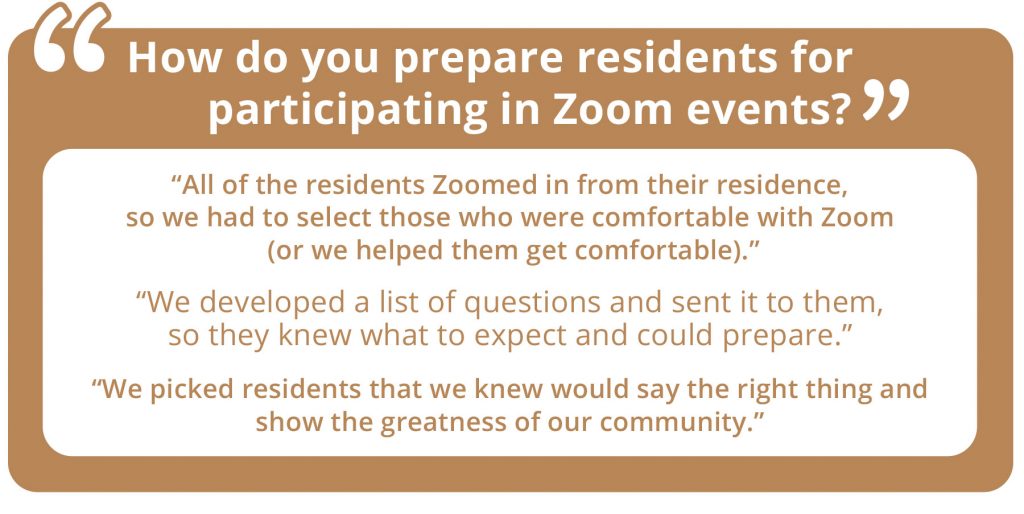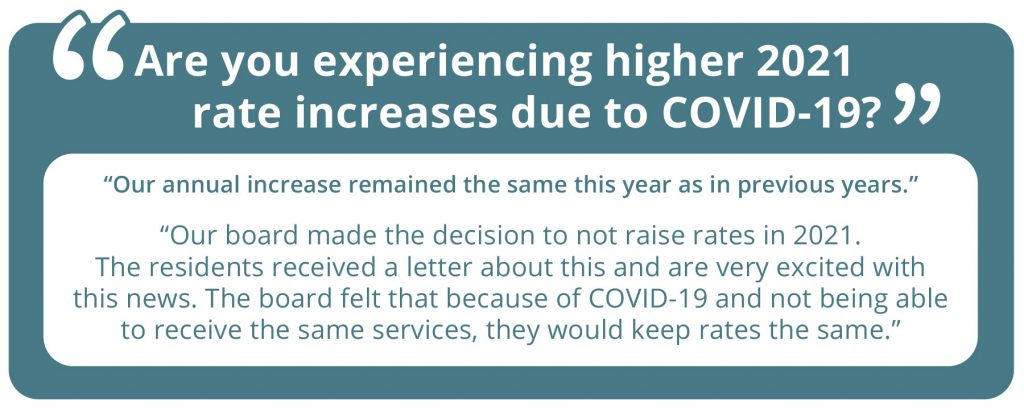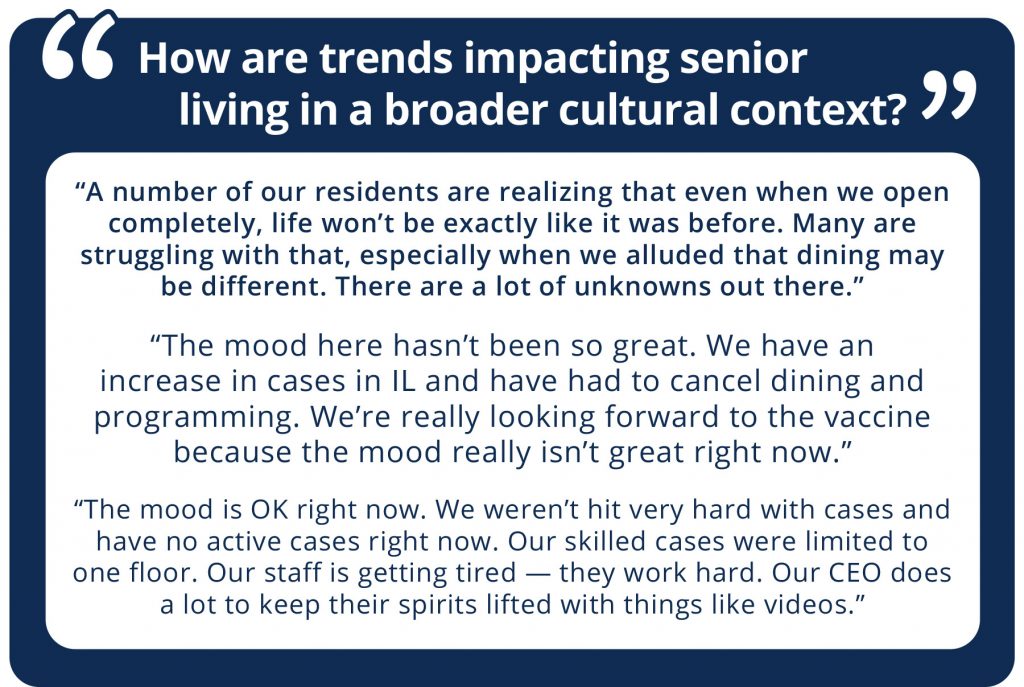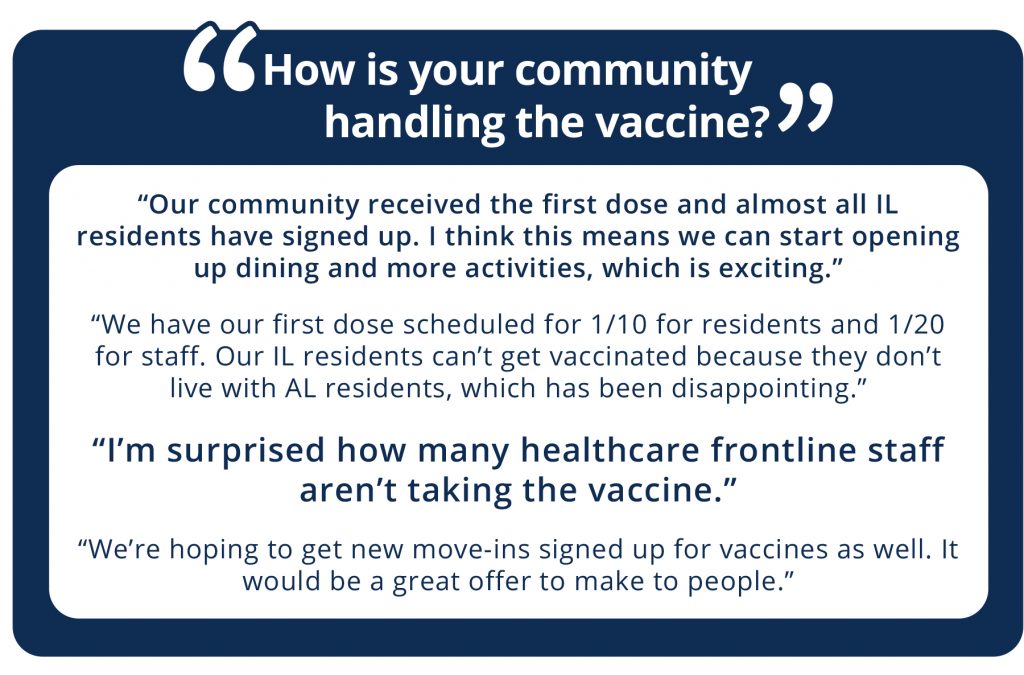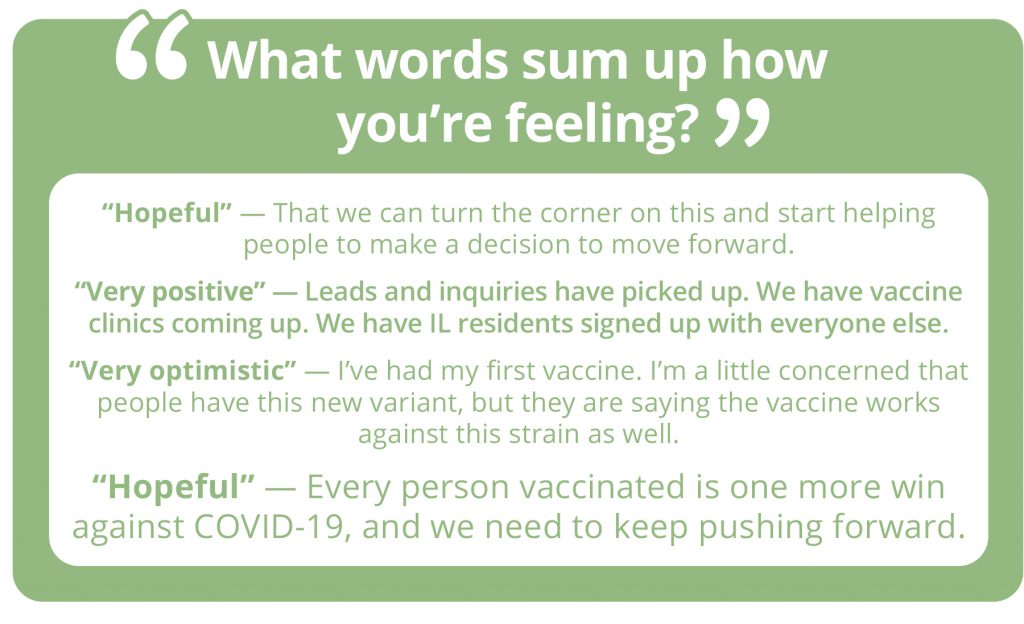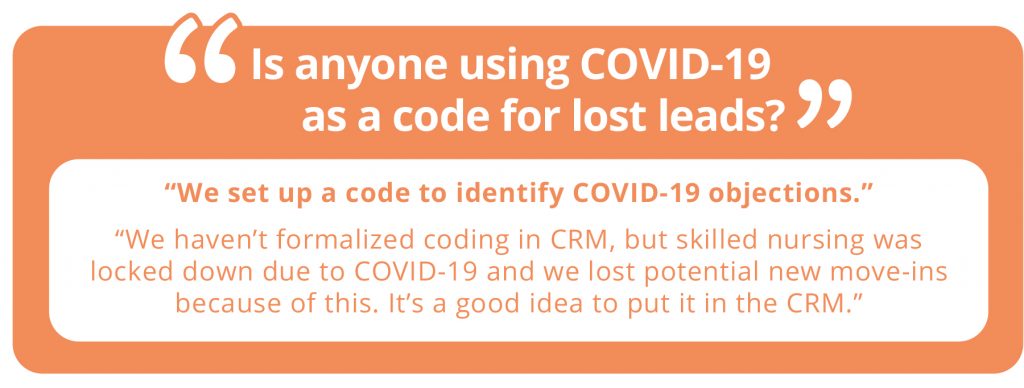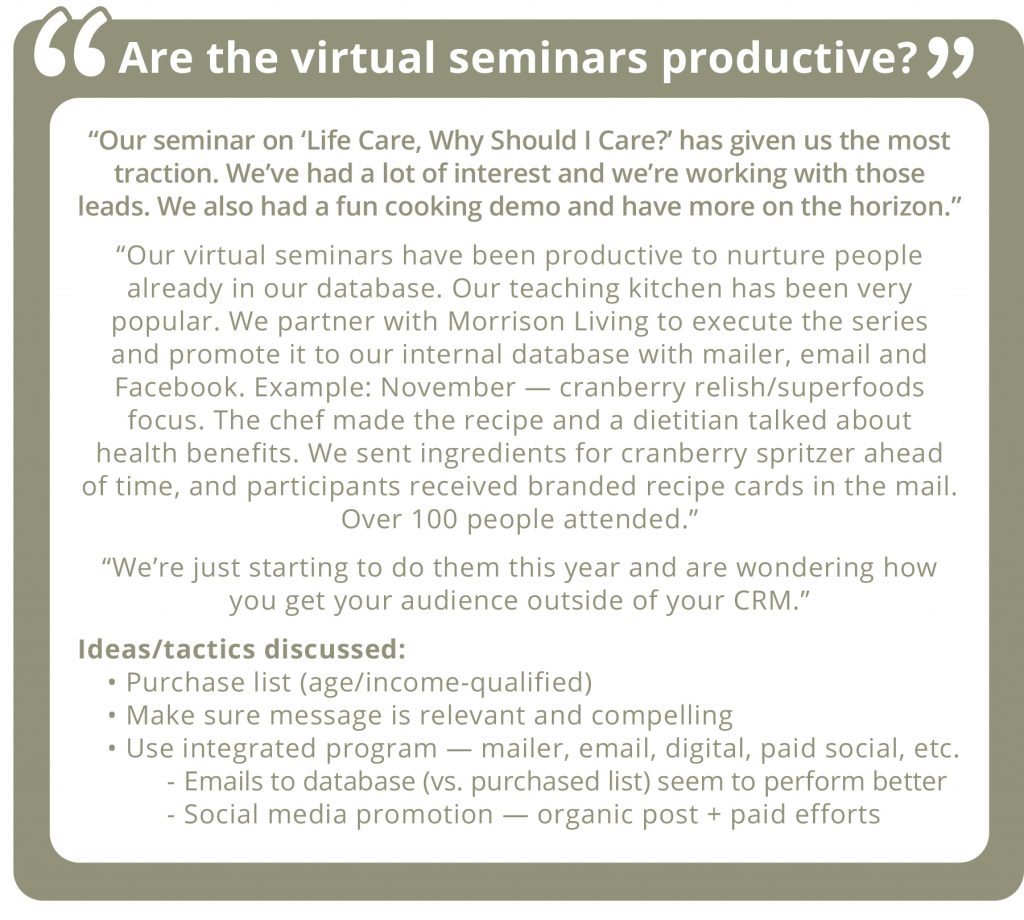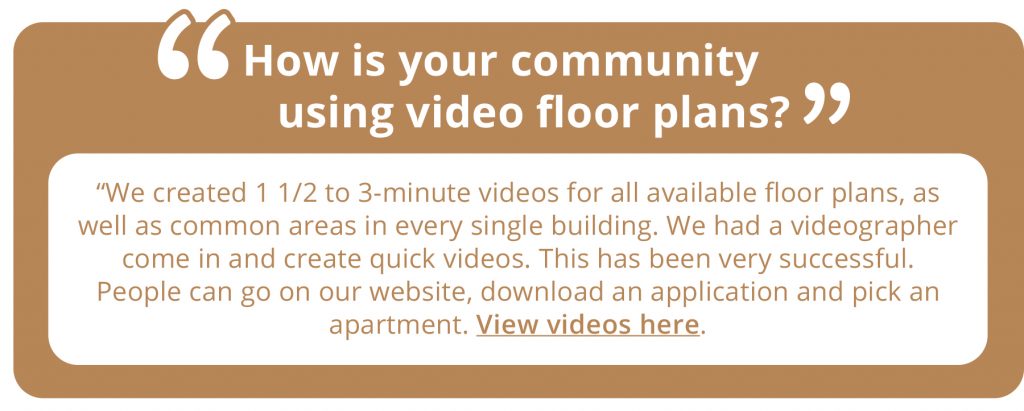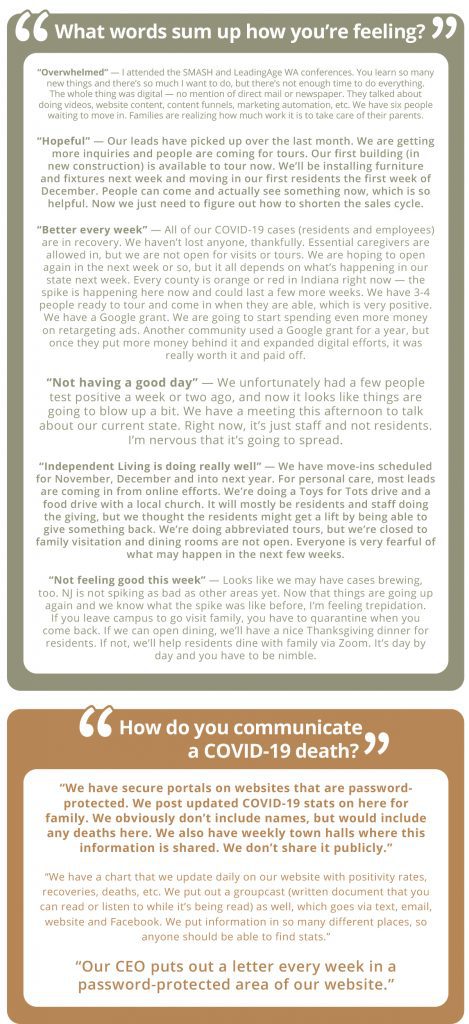Today we’re talking to Sadiya Abjani, Director of Learning & Equity at SAGE, the world’s largest and oldest organization focused on advocacy and services for LGBT elders. SAGECare, SAGE’s cultural competency training and credentialing program, provides training and consulting services to elder care providers.
According to Sadiya, a recent AARP study shows that over 60% of the LGBT community fears discrimination when accessing residential long-term care. This population would feel more comfortable if the company had been trained. However, many people have misconceptions about the training, as well as about the LGBT population at their communities. In this post, we’ll highlight nine truths to combat some of those misconceptions.
1. The training isn’t preachy or pedantic.
“People will come up to me after the training and say, ‘I thought you were here to push the gay agenda,’” says Sadiya. “There’s a misconception that the training will be preachy or pedantic, but it’s about the care.”
A quick overview of the training: There are separate, highly interactive trainings for management and line staff. (These trainings have been converted to virtual sessions during COVID-19, and received high marks by participants.) Each training focuses in on language, assumptions and historical context. It puts you in the shoes of an LGBT person. It’s all about creating inclusive communities — working with LGBT adults of color, veterans and elders, specifically, according to Sadiya.
2. You won’t be judged for your beliefs.
“Some folks in leadership may be hesitant to do the training,” says Sadiya. “The message we want to convey is that this isn’t about whether you accept LGBT people or not. The point of the training is that it is your mission to provide the best possible care to everyone who walks in your door. In order to help you do this, the training provides information, tools and skills that you need. We don’t want to judge individuals for their beliefs,” she continues. “We accept everybody as they are. We reach across that divide to focus on providing that best possible care.”
3. Your employees will be more accepting of the training than you may think.
Another misconception is that the staff won’t be on board. “This message that it (the training) is about the human being — that really resonates with everyone,” says Sadiya. “We’ve had success with organizations with an incredibly diverse staff.”
4. There’s no one type of organization that is most open to the training.
“There are organizations that we have worked with that have been more hesitant than others; the training stretches them. There’s an assumption that this hesitancy is found along religious lines, but that’s not true,” Sadiya says. “Some organizations see the merit of the training and champion it, regardless of religious affiliation or background.”
5. You have LGBT people at your community, even if you don’t know it.
“A huge misconception among organizations is: ‘We don’t have any LGBT people here,’” says Sadiya. Statistics prove that perception wrong. “The issue is that folks are not comfortable coming out as LGBT. Organizations can learn to ask questions without assumptions.”
6. Treating all care recipients the same is not a good thing.
“Often, people will assume that they are doing the right thing by making statements like, ‘We treat everyone the same.’ Although that sentiment is coming from a good place,” says Sadiya, “it isn’t our job to make sure that we’re treating everyone the same. It’s all about treating everyone with person-centered care. The goal is making sure that everyone gets to the same destination, which is the best possible care. In order to do that, we must understand an individual’s unique experiences and background.”
7. Language matters.
Language is covered extensively in the SAGECare trainings. Why is it so important? “For a community that’s already been discriminated against, and feels unsafe, using the wrong terms will cause them to shut down and the conversation ends there,” says Sadiya. A couple of examples of language that shouldn’t be used include:
• “LGBT lifestyle” (Using the term “lifestyle” implies it is something you have a choice about.) ”LGBT identity” or “identity” are better words to replace “lifestyle.”
• “Sexual preference.” (This is another loaded term, implying that you prefer to be LGBT, but that you could be something else if you want.) “Sexual orientation” is a better term.
“By using language that makes people feel safe, you’re setting yourself up to provide a better standard of care,” says Sadiya.
8. Organizations undergo many positive changes after training.
“After the training, there is a shift in the way that LGBT elders already at the community respond to care,” says Sadiya, calling it “a journey.” She’s noticed many positive changes, including people participating in PRIDE events, and organizations that celebrate diversity across the board. “When companies open the door with LGBT training, that inclusion then starts gravitating out. Their organization becomes a more inclusive place, both for staff and constituents,” Sadiya explains. “I’ve seen organizations that I’m deeply connected to grow and change over the years. It’s been magical watching this happen.”
9. Training benefits everyone at your organization.
Training can benefit all residents and team members at your organization, not just LGBT individuals, according to Sadiya. “These changes toward inclusivity affect the entire diverse population of your organization,” she says.
For more information about SAGECare, or if you’d like to schedule a training for your organization, email sabjani@sageusa.org.








